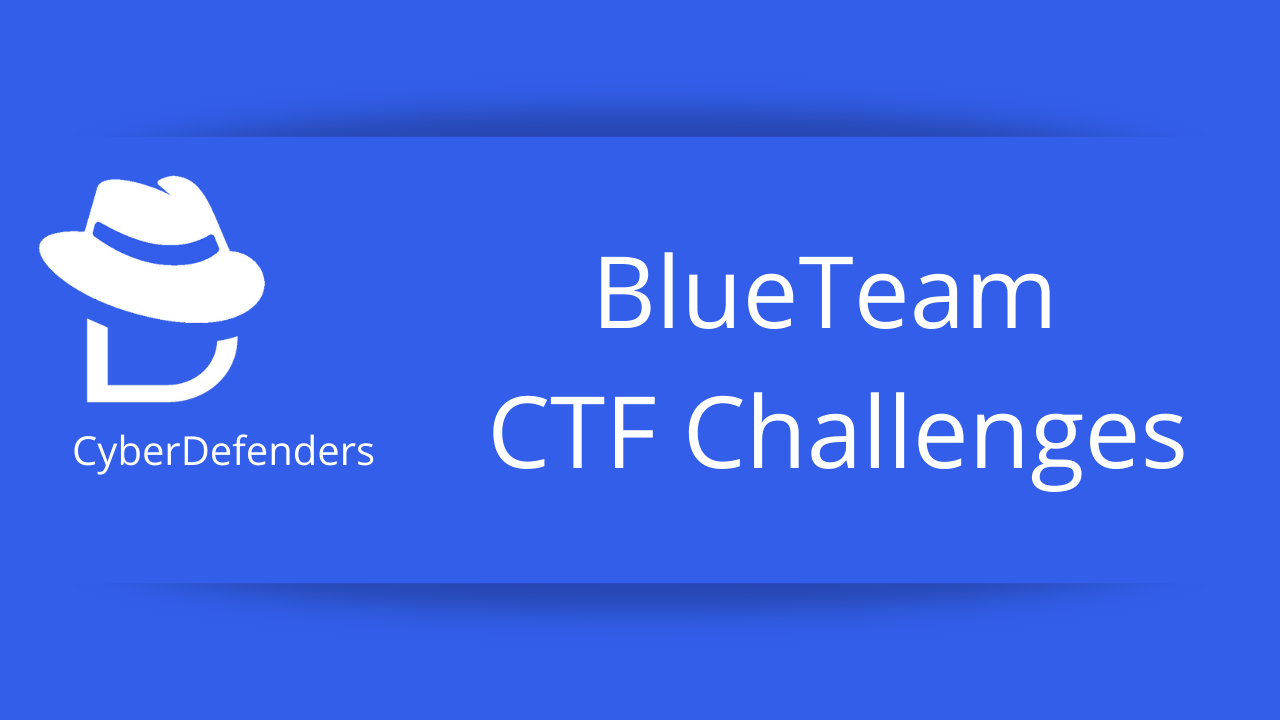Cyberdefenders - TeamSpy

TeamSpy
Info
- Category : Digital Forensics
- SHA1SUM : 1bc677daf51be254c8bfb9085f7375bbf1ee8e3b
- Published : June 4, 2022
- Author : Wyatt Roersma
- Size : 1.4G
- Tags : GrrCon Memory WIndows TeamViewer
Uncompress the challenge (pass: cyberdefenders.org)
Scenario
An employee reported that his machine started to act strangely after receiving a suspicious email with a document file. The incident response team captured a couple of memory dumps from the suspected machines for further inspection. Analyze the dumps and help the IR team figure out what happened!
Tools
- Volatilty 2.6
- OSTviewer
- OfficeMalScanner
- VirusTotal
- dotnetfiddle
Questions
1 - File->ecorpoffice / What is the PID the malicious file is running under?
We find the profile allowing to analyze the memory dump using volatility:
|
|
The image profile is Win7SP1x64. By using the pslist plugin, one can observe the different processes.
|
|
skypeC2autoup looks suspicious. Its PID is 1364
Answer: 1364
2 - File->ecorpoffice / What is the C2 server IP address?
We reuse volatility with the plugin netsacn
|
|
To see open ports and who is listening. skypeC2autoup established a connection with IP address 54.174.131.235
Answer: 54.174.131.235
3 - File->ecorpoffice / What is the Teamviewer version abused by the malicious file?
We dump the memory of the process and we grep where it talks about the ip address
|
|
|
|
We can see the version of TeamViewer.
Answer: 0.2.2.2
4 - File->ecorpoffice / What password did the malicious file use to enable remote access to the system?
For this question, we use the editbox plugin which allows you to see the elements displayed by the windows dialog boxes.
|
|
In one of the dialog boxes, the password used to launch the process is displayed.
Answer: P59fS93m
5 - File->ecorpoffice / What was the sender’s email address that delivered the phishing email?
You have to find the Outlook file containing the user’s mailbox. Using the filescan plugin.
|
|
We retrieve the location of the PST file by doing:
|
|
We have the memory address of the PST and we dump it with volatility
|
|
Open it in OutlookForensicTool.
Answer: [email protected]
6 - File->ecorpoffice / What is the MD5 hash of the malicious document?
In OutlookForensicTool, we download the file contained in the phishing email and calculate its hash.
Answer: c2dbf24a0dc7276a71dd0824647535c9
7 - File->ecorpoffice / What is the bitcoin wallet address that ransomware was demanded?
Look in the victim’s other emails. One of the emails contains the bitcoin wallet address.
Answer: 25UMDkGKBe484WSj5Qd8DhK6xkMUzQFydY
8 - File->ecorpoffice / What is the ID given to the system by the malicious file for remote access?
We reuse editbox to see the parameters given to the malware.
|
|
Answer: 528 812 561
9 - File->ecorpoffice / What is the IPv4 address the actor last connected to the system with the remote access tool?
We look at the ip addresses of the process then if they are close to the use of TeamViewer.
|
|
Answer: 31.6.13.155
10 - File->ecorpoffice / What Public Function in the word document returns the full command string that is eventually run on the system?
We recover the Word document using OutlookForensicTool (in the mails that we previously put in).
The OfficeMalScanner tool is used to extract macros from Word documents. We can then analyze the macro using the site: https://dotnetfiddle.net/
Answer: UsoJar
11 - File->ecorpwin7 / What is the MD5 hash of the malicious document?
We do as in question 5. We recover the mailbox that we analyze.
We see that the person receives a document called: Important_ECORP_Lawsuit_Washington_Leak.rtf
We suspect that it is this document that is suspect. However, it seems impossible to open it normally. It looks corrupt.
Many blocks of null bytes were added at the end of the document. You have to clean them and you get the hash of the new document.
Answer: 00e4136876bf4c1069ab9c4fe40ed56f
12 - File->ecorpwin7 / What is the common name of the malicious file that gets loaded?"
We list the orders placed to see if malicious things have been done:
|
|
There are two commands that launch test.dll from a suspicious path. We retrieve their memory addresses using filescan and dump them.
|
|
|
|
We dump them and upload them to VirusTotal which gives the answer.
Answer: PlugX
13 - File->ecorpwin7 / What password does the attacker use to stage the compressed file for exfil?
Here it is necessary to correlate several pieces of information to find what seems suspicious.
Using the volatility cmdline and pslist plugins, it is possible to see that the conhost.exe process can be spoofed. (Big PID and run from command line)
We then dump the memory of the process:
|
|
then we do a grep to see if it speaks of a password. The file is encoded in little endian. Then use the following command:
|
|
Answer: password1234
14 - File->ecorpwin7 / What is the IP address of the c2 server for the malicious file?
We do a netscan to see if there are connections with a C2.
|
|
The svchost.exe process establishes connections with an external IP address
Answer: 52.90.110.169
15 - File->ecorpwin7 / What is the email address that sent the phishing email?
We look at the pst file that we recovered in question 11.
Answer: [email protected]
16 - File->ecorpwin7 / What is the name of the deb package the attacker staged to infect the E Coin Servers?
We check the children of svchost.exe using pstree;
we see that rundll32.exe has pid 2404 and is a child of scvhost.exe. We dump using memdump rundll32.exe
We look at the process to see if it has downloaded a linux package.
|
|
Answer: linuxav.deb